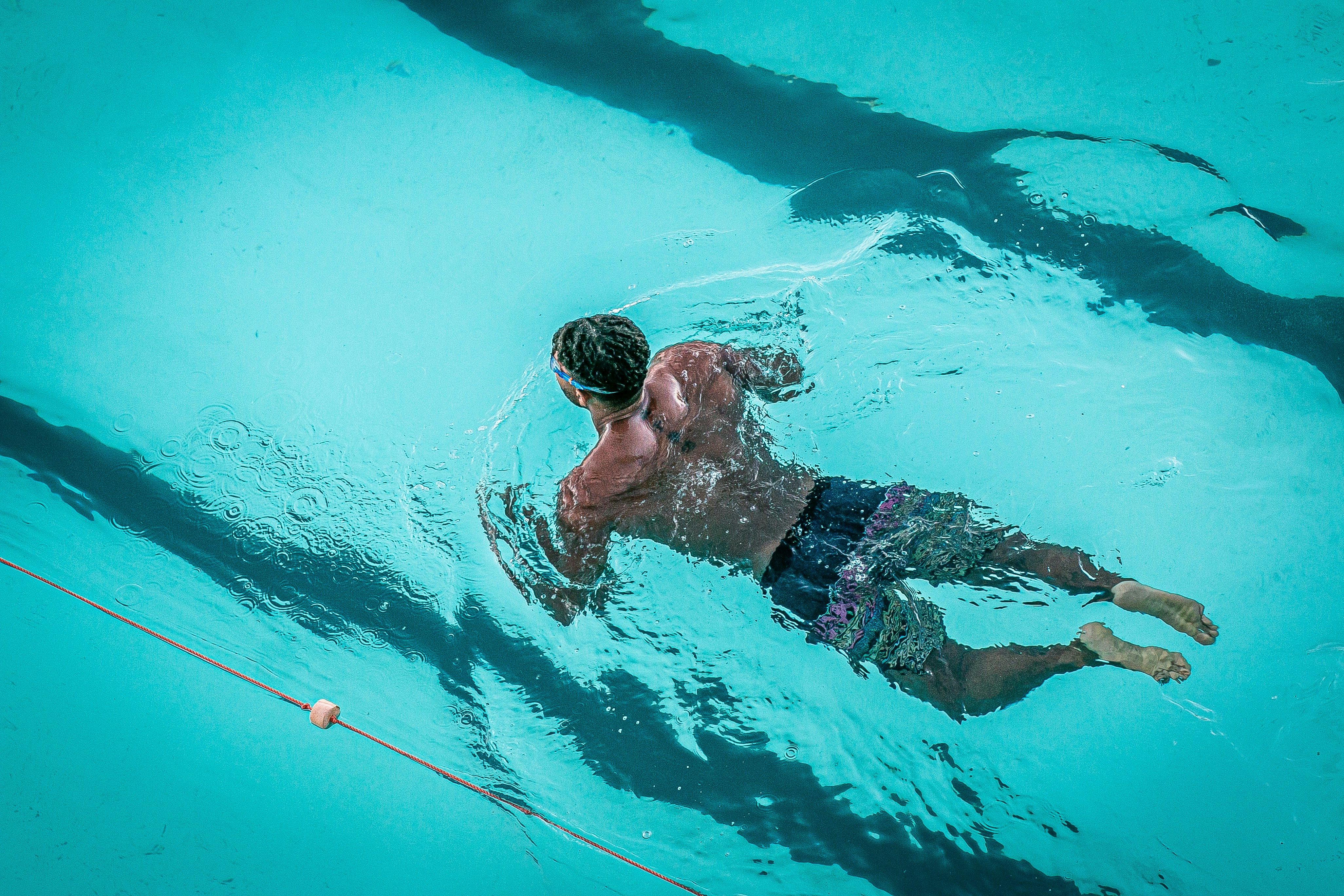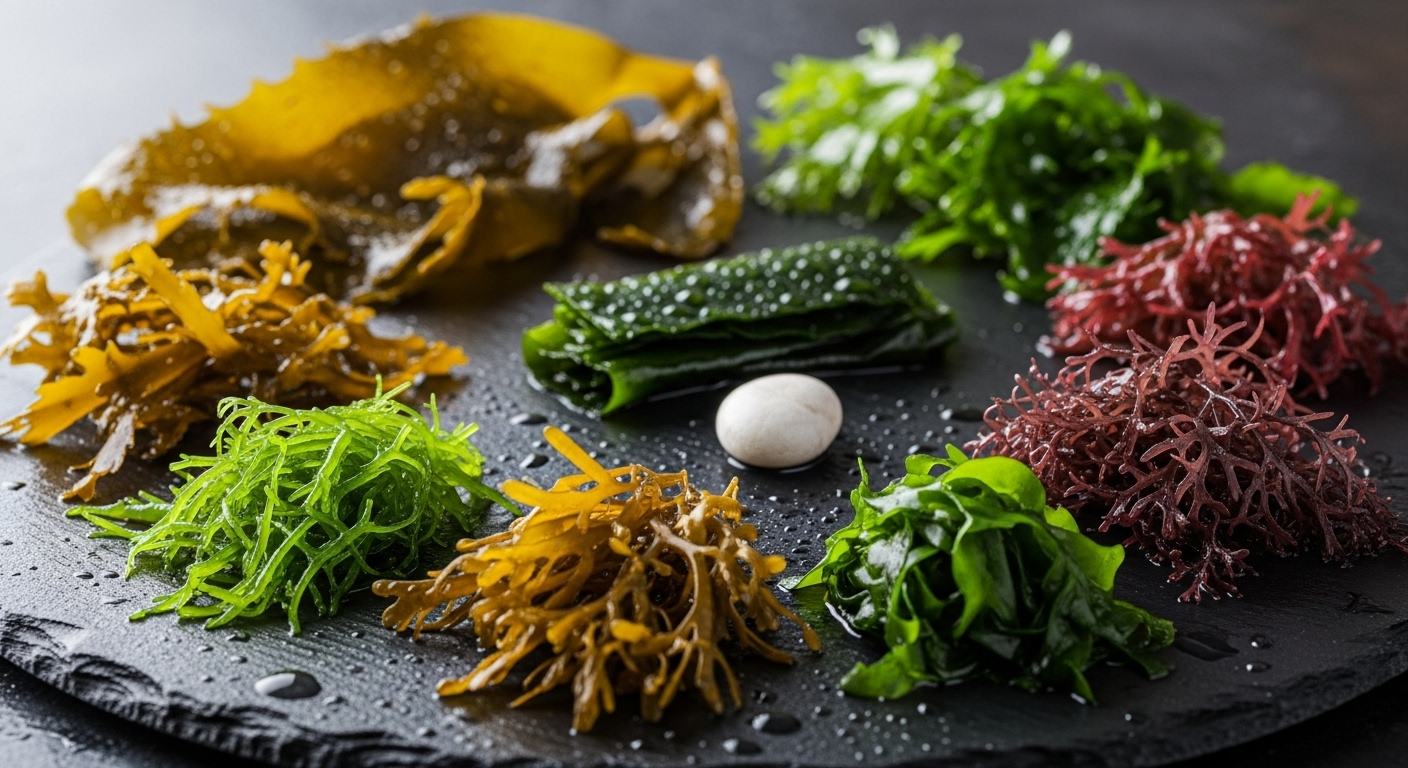The Power of Cold-Water Therapy: A Fresh Take on an Ancient Practice
The quest for beauty and fitness has evolved over time, with varied practices emerging across different cultures and historical periods. While many of these practices have come and gone, some have withstood the test of time, continually modified and adapted to suit contemporary needs. Cold-water therapy is one such practice that is experiencing a resurgence in popularity. This article delves into the historical roots of cold-water therapy, its benefits, and its impact on the beauty and fitness industry.

Delving into the History of Cold-Water Therapy
Cold-water therapy, also known as hydrotherapy, has its roots in ancient civilizations. The Romans, Greeks, and Egyptians used cold-water baths as part of their wellness routines. In the 19th century, German priest Sebastian Kneipp popularized hydrotherapy in Europe. Today, this age-old practice is gaining renewed attention, with athletes, celebrities, and wellness enthusiasts extolling its benefits.
Current Trends in Cold-Water Therapy
The resurgence of cold-water therapy is linked to a growing interest in natural, minimalistic wellness practices. Experts suggest that this form of therapy can aid in recovery from intense physical activity, boost mental health, and promote skin health. Cold water immersion has also become a popular practice in spas and wellness centers, often combined with heat therapy for contrast.
The Benefits of Cold-Water Therapy
Cold-water therapy offers numerous potential benefits. These include improved circulation, reduced muscle inflammation, boosted mood, and enhanced skin health.
- Improved Circulation: Cold-water immersion can stimulate blood flow, helping to flush out toxins and deliver oxygen and nutrients to various parts of the body.
- Reduced Muscle Inflammation: Athletes often use cold-water therapy to speed up recovery after intense workouts. The cold temperature can help reduce inflammation and muscle soreness.
- Boosted Mood: Cold-water therapy can stimulate the production of endorphins, the body’s natural mood boosters. This makes it a potential tool for managing stress and improving mental health.
- Enhanced Skin Health: Cold water can tighten the skin and improve its tone and texture, making this therapy a natural beauty treatment.
Cold-Water Therapy’s Impact on the Beauty and Fitness Industry
The re-emergence of cold-water therapy has had a significant impact on the beauty and fitness industry. Wellness centers now offer cold plunge pools and cryotherapy chambers, while beauty brands are producing products that mimic the effects of cold water on the skin. Additionally, the practice has influenced fitness routines, with cold-water immersion becoming a common recovery strategy.
Backed by Evidence: The Science Behind Cold-Water Therapy
Medical and scientific studies support many of the claimed benefits of cold-water therapy. For instance, research has shown that cold water immersion can help reduce muscle inflammation and soreness post-exercise. Similarly, studies have found that cold showers can improve circulation and boost mood. However, as with any wellness practice, it’s essential to approach cold-water therapy in a safe and balanced manner.
In conclusion, the resurgence of cold-water therapy reflects our continual quest for natural and effective wellness practices. By understanding its history, benefits, and industry impact, we can better appreciate this ancient practice’s relevance in our modern world.





